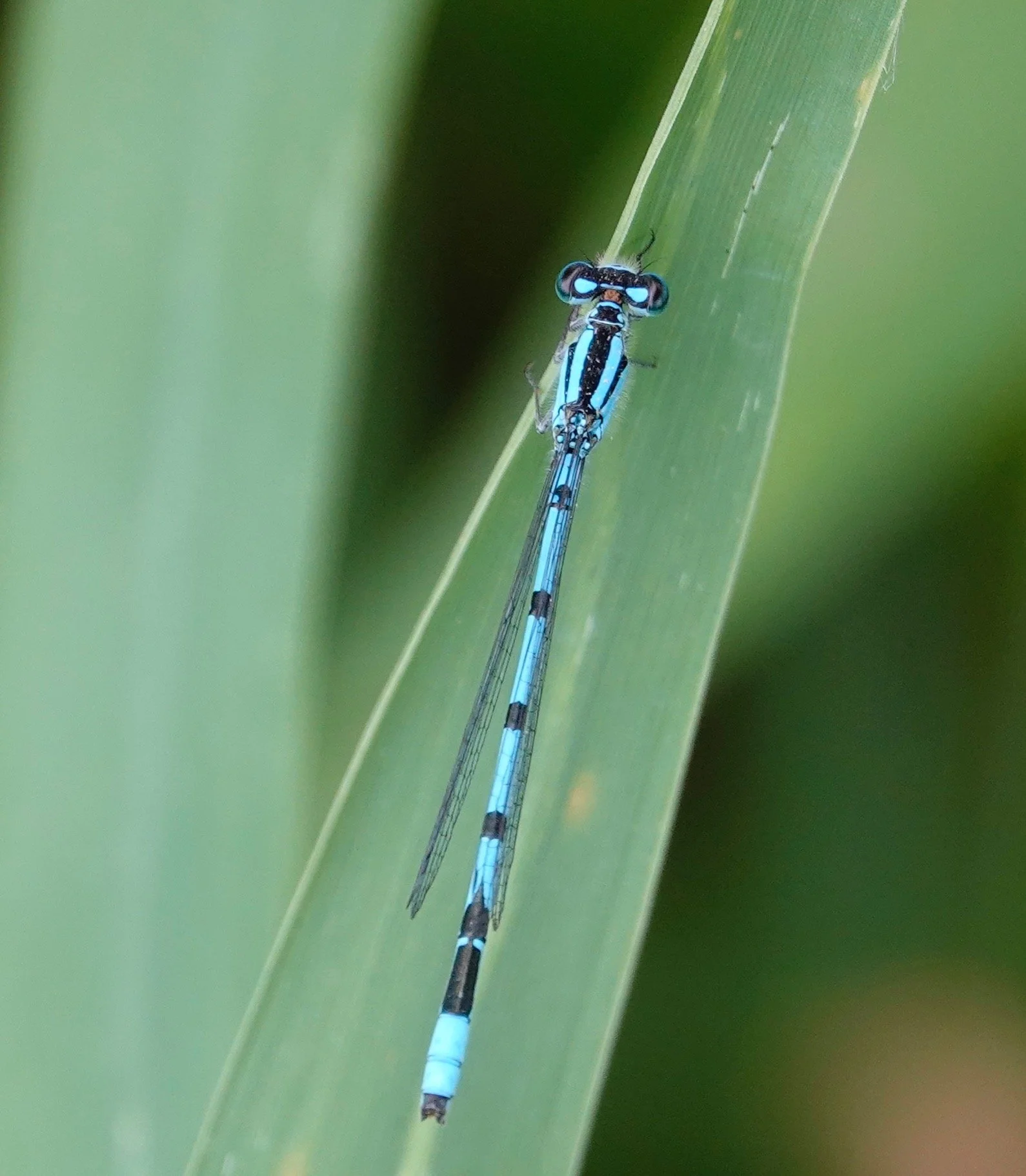Naturally
I watched ribbons of blackbirds and murmurations of starlings traverse the countryside. Marvels of the universe.
One of my favorite writers, John Updike, wrote this bit of poetry about a starling flock, “The Great Scarf of Birds.” “And as I watched, one bird, prompted by accident or will to lead, ceased resting; and, lifting in a casual billow, the flock ascended as a lady’s scarf, transparent, of gray, might be twitched by one corner, drawn upward and then, decided against, negligently tossed toward a chair: the southward cloud withdrew into the air. Long had it been since my heart had been lifted as it was by the lifting of that great scarf.”
Jim Knutson of Hartland showed me a video of two bald eagles that had followed Jim’s combine during harvest. The eagles hunted the rabbits the combine rousted from the field. In the video, an eagle with bits of white on its head caught a rabbit, only to have the prey item pirated from it by a younger, browner eagle. The younger bird steals prey from another because it’s better at pirating than it is at hunting or fishing.
A nomadic flock of cedar waxwings flew in to feed on the fruit of the yard’s hawthorn tree. Their appearances are irregular as they respond to the availability of fruits and berries, which are the mainstays of their diet, but they are also adept at catching insects. They nest late (mid-June to mid-August) to take advantage of the fruits and berries found on mountain ash, crabapple, dogwood, cedar, serviceberry and mulberry.
In my house’s version of the wild kingdom, multi-colored Asian beetles abound. They eat soybean aphids. I wonder if they ever suffer from aphid reflux?
The cloudiest months in Minnesota are November and December, with an average of 18 cloudy days. Thomas Hood wrote, “No shade, no shine, no butterflies, no bees, no fruits, no flowers, no leaves, no birds, November!” I find solace in the fact there is no cover charge. On average, November averages five days with clear skies and December averages six. Enjoy each one of them. I reckon the balance of days are partly cloudy.
A Chickadee-person
Frank B. Linderman wrote this in “Plenty Coups Chief of the Crows.” "Listen, Plenty-Coups,” said the voice. “In that tree is the lodge of the Chickadee. He is least in strength but strongest of mind among his kind. He is willing to work for wisdom. The Chickadee-person is a good listener. Nothing escapes his ears, which he has sharpened by constant use. Whenever others are talking together of their successes or failures, there you will find the Chickadee-person listening to their words. But in all his listening he tends to his own business. He never intrudes, never speaks in strange company, and yet never misses a chance to learn from others. He gains success and avoids failure by learning how others succeeded or failed, and without great trouble to himself. Develop your body, but do not neglect your mind, Plenty Coups. It is the mind that leads a man to power, not strength of the body."
Q&A
“I know buckthorn is a bad thing, but what’s bad about it?” It competes with native plants for light, moisture and nutrients, and reduces the species diversity of plants and songbirds in forests. This destroys wildlife habitat and limits fruit types for songbirds when other native foods have diminished. Buckthorn seeds remain viable for 6 years, and their messy fruits stain decks, cars and sidewalks. Buckthorn tolerates shade, full sun, drought and poor soils, and lacks any natural control by insects and diseases. It hosts crop pests—crown rust fungus and soybean aphid.
“Do muskrats hibernate?” They don’t. Muskrats don't cache food for the winter like beavers, so must find food in the roots, stems and leaves of fresh aquatic plants (like cattails and bulrushes) under the ice, snacking occasionally on small fish, clams, snails and turtles. Muskrats build lodges out of cattails, rushes, grasses and mud for protection from predators and for shelter during the winter. They also construct push-ups at intervals from the lodge to a favorite feeding spot by chewing holes in the ice and covering them with a mound of mud and plant debris. Muskrats can stay underwater for about 10 minutes and use the push-ups to catch their breath. Trappers have told me they estimate muskrat populations by figuring there are five in each lodge.
Thanks for stopping by
“And this, our life, exempt from public haunts, finds tongues in trees, books in the running brooks, sermons in stones, and good in everything.”—William Shakespeare.
“In November the trees are all standing all sticks and bones. Without their leaves, how lovely they are, spreading their arms like dancers. They know it is time to be still.”—Cynthia Rylant.
Do good.
©Al Batt 2024
At this time each year, I begin to miss seeing things like bluets, damselflies that John Acorn called “floating neon toothpicks.” Damselflies tend to be slimmer and smaller than dragonflies, with eyes on the sides of their heads like hammerhead sharks and wings held over their backs at rest. Perched dragonflies hold their wings out like an airplane. Photo by Al Batt.

